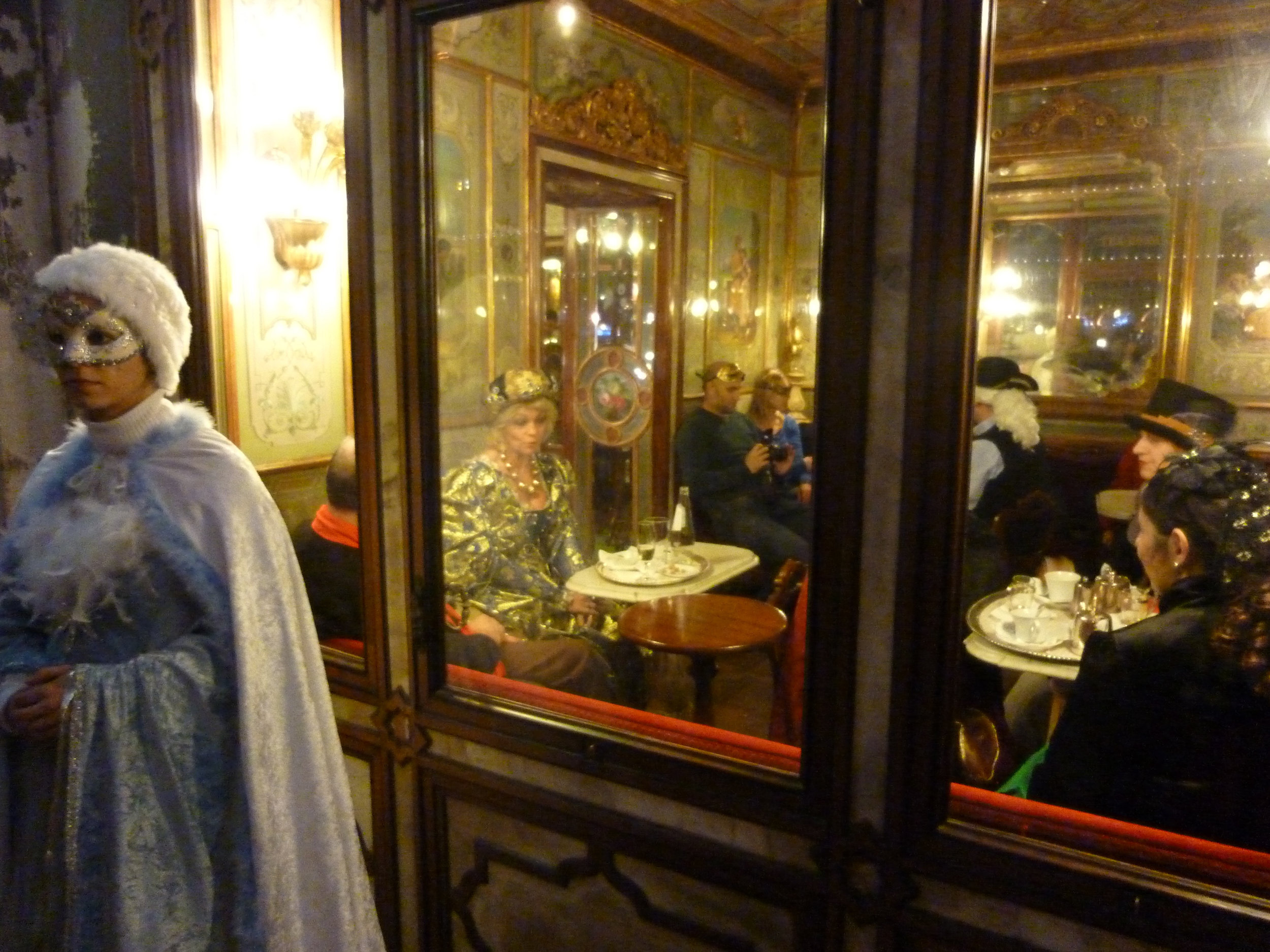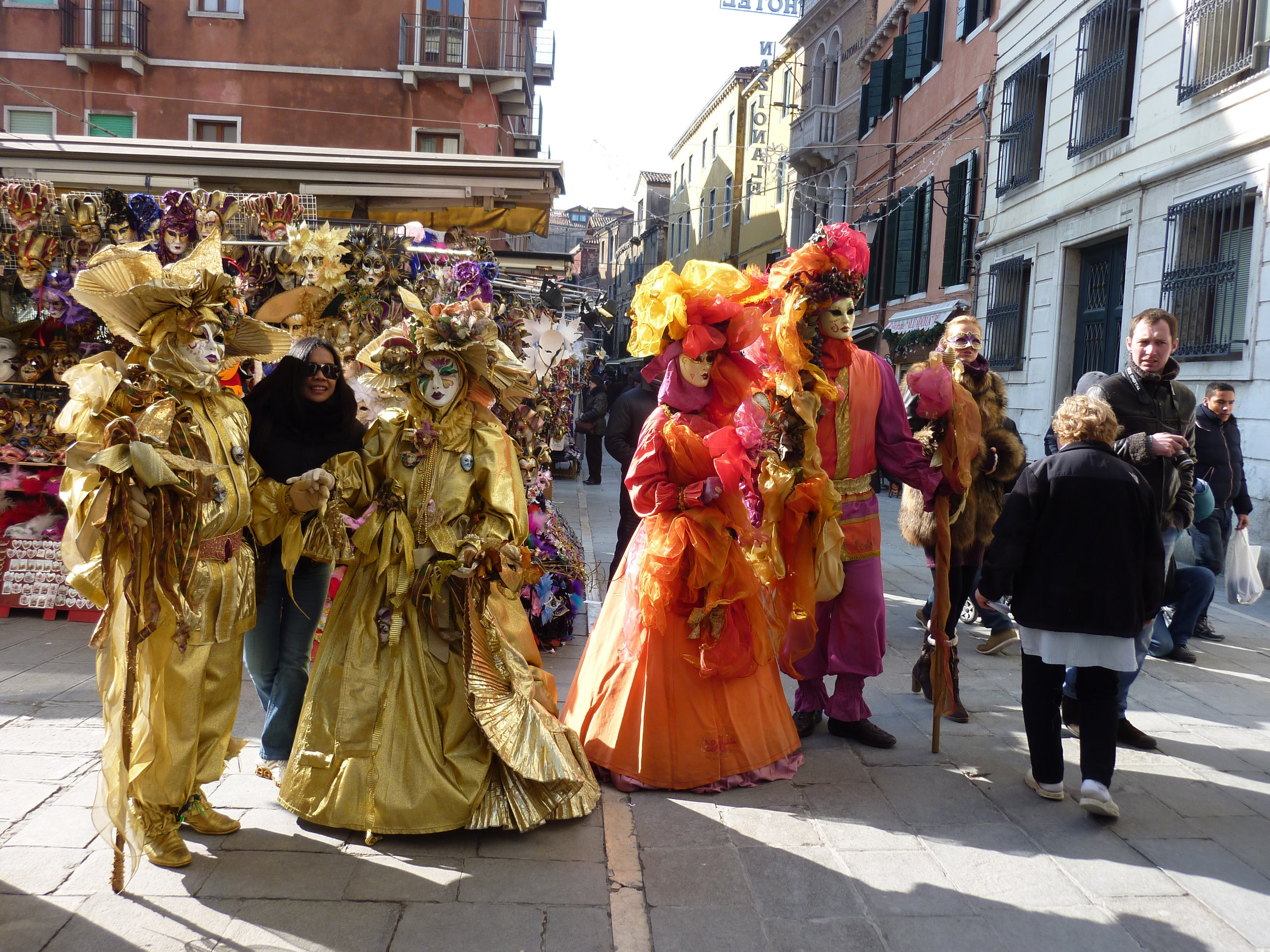It's that time of year when I would happily trade in the California sun for the wintery setting of Venice (my old stomping ground) to see the spectacle of those parading around the labyrinthine calle in full costume during Carnivale. Below are a few fun facts about the centuries-old tradition, and a peek into the festive hearts of the Venetians.
1. Red Meat | The word “carnival” comes from the Latin for “put away the meat” (carne levare) because it occurred the day before Lent, a period in which Christians basically became vegetarians for the 40 days prior to Easter, giving Venetians an excuse to throw lavish parties to devour whatever meat they had before Lent began.
2. The Multi-faceted Mask | The extravagance and licentiousness exhibited in these festivities aided in giving Venice’s Carnivale the reputation and tradition of liberating the Venetians from social roles and inhibitions—something that was facilitated by the use of the mask. By the end of the 13th century, Venetians were adorning elaborate masks during the Carnival season, which not only made it impossible to identify each other, but also extremely difficult for them to decipher the social standing of a fellow partygoer. The masks also helped Venetians, who were avid gamblers, to hide from their creditors in the city’s many casinos.
3. A Beloved Ritual Reborn | After the 18th century, Carnivale saw a decline in its significance until the 1930s when Italian dictator Mussolini actually abolished it. In 1979, however, a group of Venetians successfully revived the tradition. Today, Carnivale is one of Venice’s top cultural events, bringing in an ever-growing number of masked merrymakers from around the world.
Is the Venice Carnivale on your bucket list?
Let Leslie, founder of La Dolce Vigna and ex-resident of this magical city, plan your dream vacation: from the best mask makers and costume shops, to the most authentic restaurants and charming hotels, she's got you covered! Book an appointment for your consultation today:



